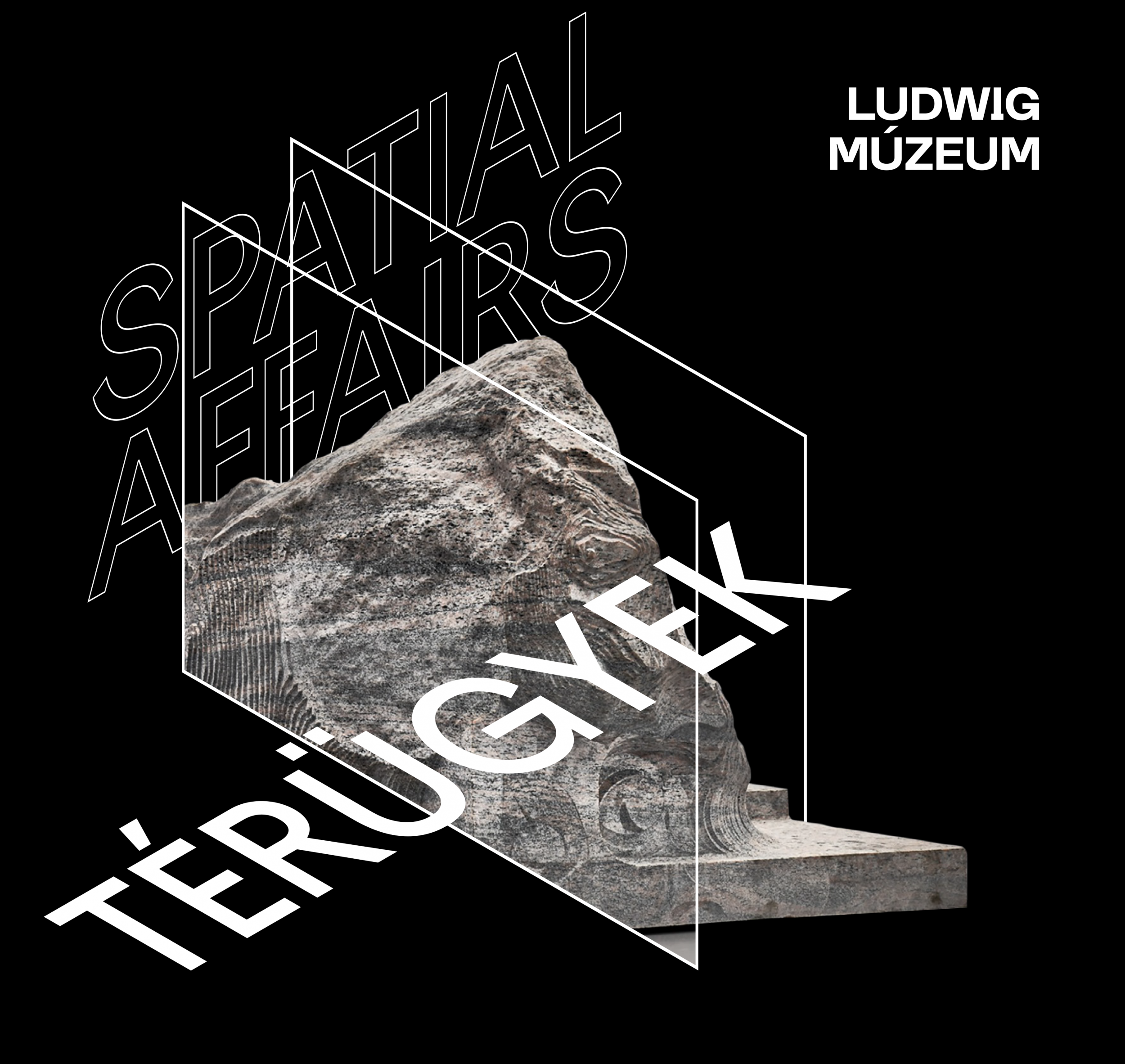The Spatial Affairs exhibition analyzes the relationship and interdependence between the two worlds through modern, conceptual and contemporary works.
a Ludwig Museum Visible from late April to 27 June Spatial Affairs – Térügyek The exhibition is an analysis of the relationship and interconnection between physical and digital existence through modern, conceptual and contemporary works as well as data.
Computer-generated simulations, virtual facts, or networked digital platforms – from cyberspace to the metaverse – are no longer fictional locations in science fiction. Its significance and role can be increasingly measured in relation to its true spaces. Information technology has created intangible domains that have become legitimate and parallel dimensions of our perception, experience, knowledge, communication, and self-expression, where reality and virtual are no longer mutually exclusive. Therefore, the 3D visualization of space needs to be reconsidered.
The Spatial Affairs exhibition aims to analyze the relationship and interconnection between physical and digital presence through modern, conceptual and contemporary works as well as data. In the artistic situations presented before and after the advent of the computer, whatever their means, it is common to study the development of science and technology, and their social impact through the concept of space, indicating the interconnectedness of the tangible and the intangible digital. .
Térügyek (spatial affairs) The exhibition undertakes to re-evaluate some of the widely accepted, but not necessarily valid, ideas related to space. Instead of mapping out the differences between notions of space in transcendent idealism and any kind of physicalism, it raises the question of whether computer and computer-generated spaces affect our perceived accepted knowledge of space.
Indeed, the pioneers of computer art in the 1970s showed that computers are suitable for creating and representing artificial spaces – see Hiroshi Kawano And the George Nice Works. Instead of early descriptive practice, contemporary artists’ focus has shifted from formalism to critical methods: Metahaven Collective Group Made in 2016 Sky of information The Information Sky visualizes the proliferation of interconnected social spaces and the cognitive complications they generate, such as the state created by fake news
The influence of information technology and science on the concept of space and the fine arts prompted many authors to write data and create new types of works long before the spread of computers. typical Tamco Caroli Cerato 1936 operating system Appearance dimension, Obsession Lucio Fontana The environments created in the 1940’s and 1950’s.
Presenting an invisible space in itself is a complex task, whether we treat it as an absolute, relative, real or virtual space. The Térügyek (spatial affairs) Makes modern-day spatial approaches and their non-modern echoes overt – and as such, necessarily explores the possibilities offered by information technology
a Spatial matters Online exhibition extension Spatial affairs (globalization) Titled prof the family Based on his plans. In a multi-user environment, animated shapes representing net.art and browser-based digital businesses are mixed with avatars that represent visitors. Internet environment Conrad caries Computer space (Rechnender Raum, 1969) was inspired by his theory, which describes the universe as a space inhabited by a living and evolving robot, more precisely as a cellular human being who reproduces and reprograms himself. In a virtual world like this, the boundaries between digital objects and active subjects are finally blurring. An online environment designed to illuminate space One possible answer for The Rodina to the curators’ questions is: How can an online exhibition content be transformed into a spatial and adaptive experience? What if the artwork was represented by avatars? What happens when an exhibition becomes an ecosystem and, on Zuse’s terms, creates a “computational world”?
Both the physical and digital exhibits are documented in a catalog that includes, in addition to reproductions of works, articles and data selected by theorists, supplemented by Transbooking Augmented Reality contents.
Performing artists:
Morehchin Lahiari, Andreas Angelidakis, Unexpected, Carola Bonfelli, Adam Bromberg, Guy de Lansi and Brian Oderty, Petra Corright, Agnes Dennis, Alexandra Dumanovic, Louise Drollhi, Lucio Volla, Wucanwish Vangos Hans Hollen, Lauren Heritzen, Katero, Hiroan Cupro, Elijah Coady, Oliver Larick, Sam Lavin and Teega Brin, Jean Robert Legg, Le Cantor, Stano Masire, Seldo Minnerl, Seldo Merlis, George, Emery, Robert Olawy, Giula Bauer, Joran Petrkoll, Sasha Pohflp, Alicia Negretti, Matthew Lutz, Riby Angels, The Rodina, Raphael Rosendall, Geoffrey Shaw, Andre Skirat
The exhibition is open until June 27, 2021.
More information about the exhibition a Ludwig Museum website.













































